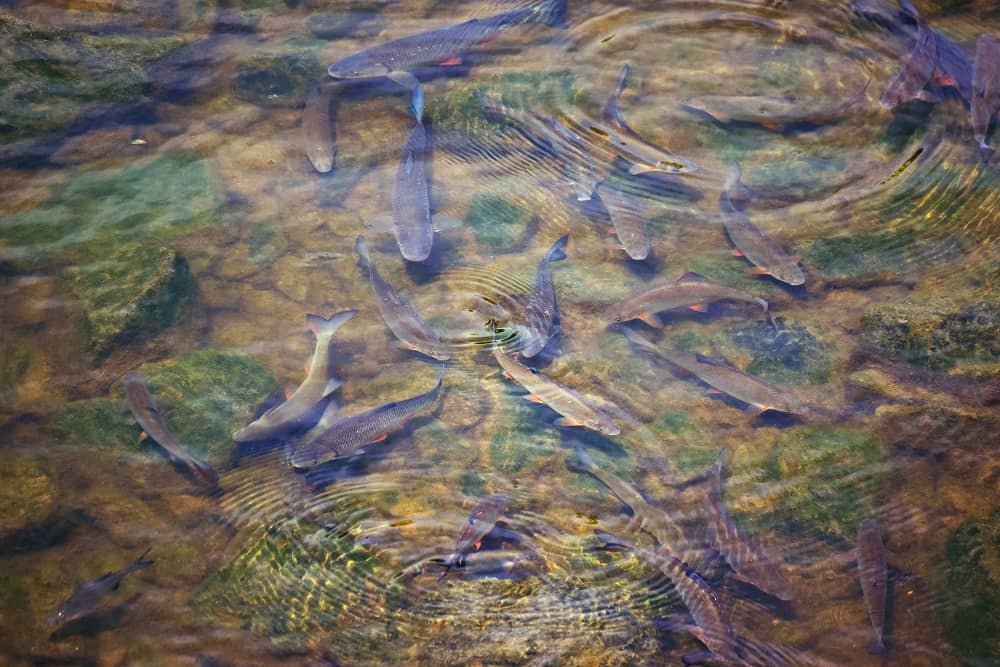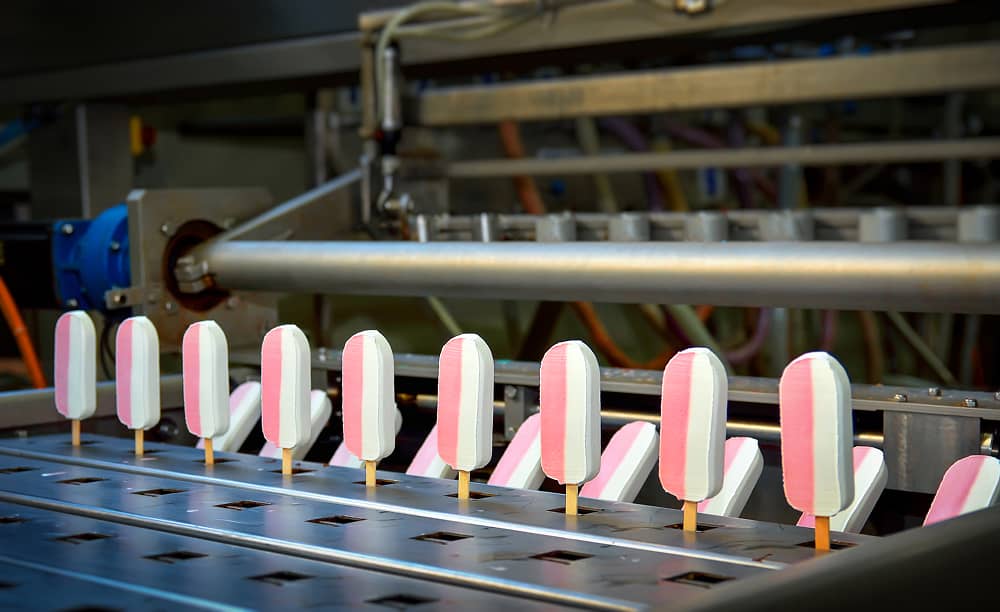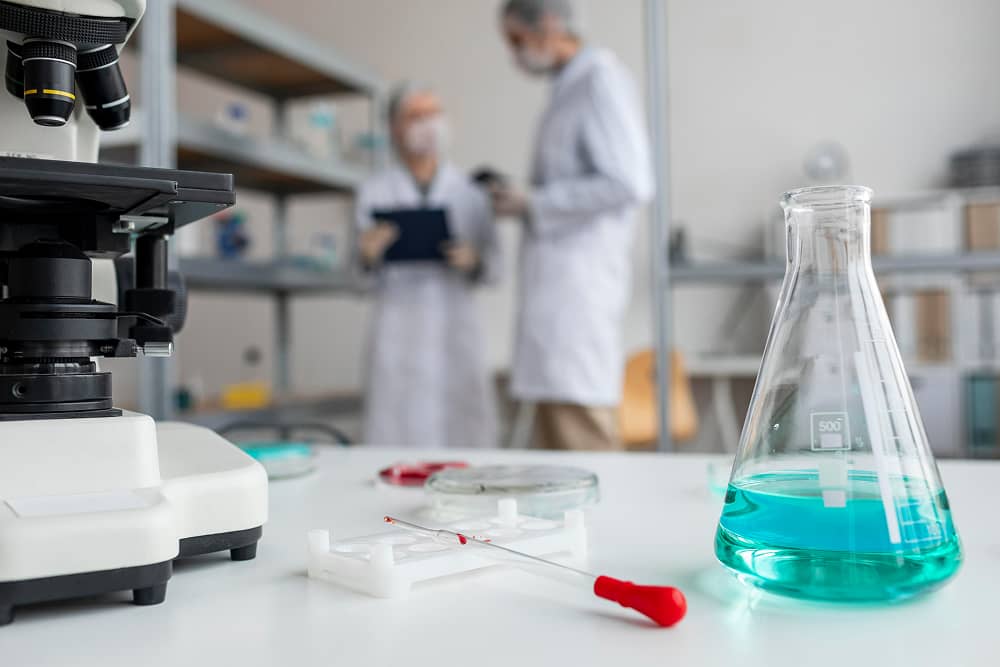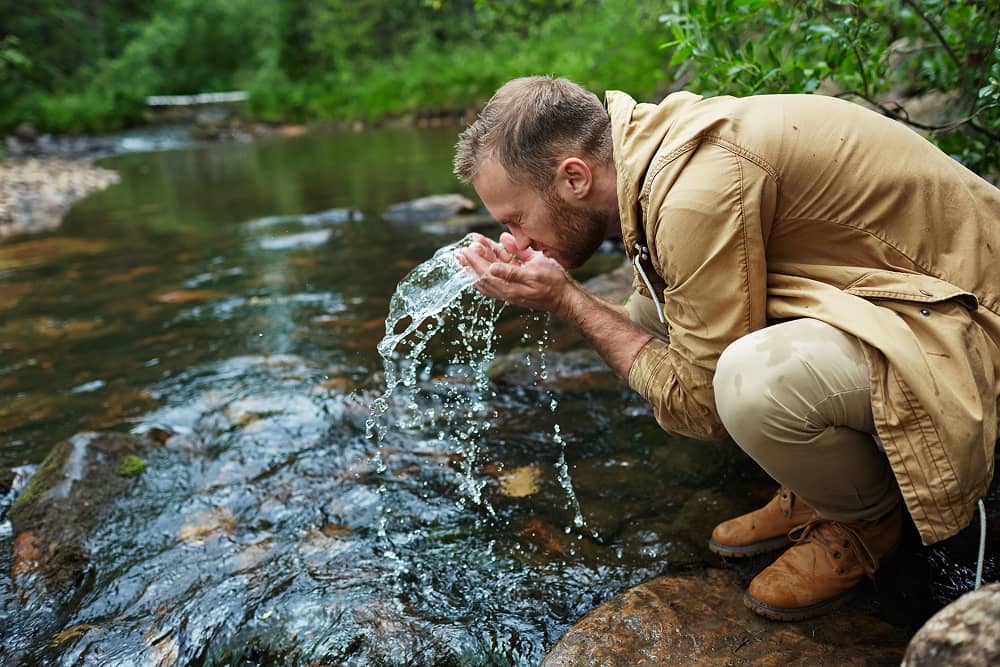Sublime Environmental offers a transformative approach to CIP sanitation through our advanced ozone-based technology. Our systems deliver superior microbial control without chemical residues while reducing water consumption, energy usage, and operational downtime—helping facilities meet both the FDA Food Safety Modernization Act requirements and their sustainability goals.
The Invisible Battle: CIP Sanitation Challenges That Threaten Product Integrity
Modern processing facilities face increasing pressure to optimize sanitation processes while meeting stringent safety standards and sustainability goals:
Sanitation Effectiveness Challenges in Water Treatment Systems
- Biofilm Fortresses: Persistent biofilms that resist conventional cleaning methods and challenge Health Canada Food Safety Guidelines
- Equipment Blind Spots: Difficulty sanitizing complex equipment components where contamination hides
- Cross-Contamination Gateways: Prevention challenges between production runs
- Microbial Evolution: Increasing resistance to traditional chemical sanitizers
The Efficiency Drain: Operational Barriers in Traditional Sanitation
- Time Thieves: Time-consuming sanitization processes are stealing production hours
- Resource Vortex: High water and energy consumption driving up costs
- Maintenance Burdens: Frequent system maintenance needs deplete technical resources
- Chemical Choreography: Complex handling and storage requirements for traditional agents
The Compliance Crossroads: Regulatory & Sustainability Demands
- Regulatory Evolution: Increasingly stringent HACCP Guidelines and food safety requirements
- Contamination Concerns: Product contamination risks that can trigger recalls
- Paperwork Mountains: Complex validation and record-keeping needs under the FDA Food Safety Modernization Act
- Discharge Dilemmas: Restrictions for chemical waste affecting environmental compliance
- Green Mandates: Corporate commitments to reduce ecological impact driving change
The Chemical Trap: Why Traditional CIP Sanitation Falls Short
Traditional CIP systems typically employ a combination of caustic chemicals, acids, and hot water rinses that create significant challenges:
- Chemical Dependency Cycle: Reliance on harsh chemicals requiring careful handling, storage, and disposal
- The Residue Risk: Chemical traces affecting product quality or requiring extensive rinsing that conflict with Health Canada Food Safety Guidelines
- Environmental Footprint: Chemical discharge creates wastewater treatment challenges and environmental liabilities
- Biofilm Resistance Front: Limited effectiveness against established biofilms in processing systems
- Resource Hunger: High consumption of water, energy, and chemicals with associated costs
- The Waiting Game: Lengthy cleaning cycles are impacting production capacity and efficiency
- Material Deterioration: Chemical damage to equipment components over time, increasing maintenance costs
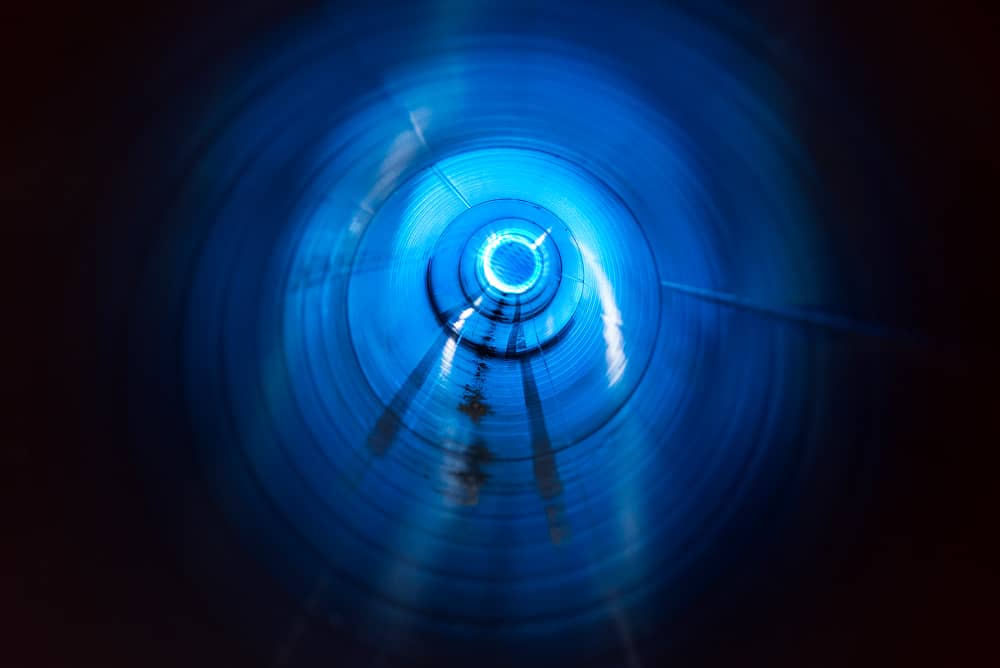
Nature’s Disinfectant: The Ozone Sanitation System Advantage
Our innovative Clean-In-Place sanitation systems harness the powerful oxidizing properties of our proprietary ozone technology to deliver chemical-free, highly effective sanitation across various processing applications. These NSF-61 certified systems integrate seamlessly with existing CIP infrastructure while dramatically improving performance and efficiency for your process water systems.
Engineering Excellence: CIP System Specifications
Our CIP systems are engineered with advanced components tailored to your specific application:
- Oxygen to Ozone Alchemy: Corona discharge technology with oxygen-fed systems
- Precision Delivery Networks: Specialized injection and contact chamber designs
- Vigilant Monitoring Array: ORP/Redox measurement and dissolved ozone monitoring
- Digital Intelligence Hub: PLC/HMI interface with pre-programmed cleaning recipes
- Seamless Integration Design: Connection with existing CIP infrastructure without disruption
- Comprehensive Safety Shield: Advanced alarm and monitoring systems
- Industry-Tailored Solutions: Customized for food, beverage, pharmaceutical, or agricultural applications
The Transformation Blueprint: Ozone Sanitation Implementation Process
Our proven methodology ensures seamless integration and optimal performance:
- Deep-Dive Assessment: Thorough evaluation of current CIP systems and requirements
- Custom Solution Crafting: Tailored system development for your facility’s configuration
- Integration Masterplan: Detailed implementation strategies to minimize disruption
- Precision Installation: Expert system deployment with minimal downtime
- Knowledge Transfer & System Activation: Complete system commissioning and operator training
- Compliance Confidence: Documentation and testing for HACCP and regulatory compliance
- Continuous Excellence: Regular performance reviews and system optimization
The Liberation Effect: Transformative Results in Water Treatment
Our clients consistently report significant improvements across multiple performance metrics:
Microbial Control: Superior Sanitation Performance
- Pathogen Annihilation: 99.999% reduction in microbial contamination
- Biofilm Breakthrough: Complete removal and prevention of biofilm formation
- Unwavering Consistency: Reliable sanitation regardless of water quality variations
- Equipment Protection Shield: No corrosion or degradation of sensitive equipment components
- Product Purity Assurance: Elimination of chemical residue concerns in final products
Operation Unleashed: Efficiency Gains Through Ozone Technology
- Chemical Independence: 100% reduction in traditional CIP chemicals
- Time Recaptured: 25–45% shorter cleaning cycles, returning hours to production
- Water Wisdom: 40–60% reduction in water consumption supporting sustainability goals
- Energy Liberation: 30–50% decrease in energy usage for CIP processes
- Equipment Longevity: Significant reduction in chemical-related wear and corrosion
The Financial Harvest: Economic Benefits of Ozone Sanitation
- Chemical Cost Elimination: Complete removal of sanitizer chemical expenses
- Workforce Optimization: 35–50% decrease in labour requirements for CIP operations
- Maintenance Freedom: 40–60% reduction in CIP system maintenance costs
- Production Amplification: 15–25% more available production time through faster cleaning cycles
- Swift Returns: 12–18 months ROI based on chemical and operational savings alone
Success Story: Dairy Operation Sanitation Transformation
A leading dairy processor implemented our AOWT-40 CIP system to address chemical residue concerns and inefficient cleaning cycles. The ozone-based solution delivered:
- Complete elimination of chemical sanitizers in their process water system
- 42% reduction in water consumption for CIP cycles
- 35% decrease in cleaning cycle duration
- Significant improvement in microbial control, particularly for biofilm prevention
- Enhanced product quality through the elimination of chemical residues
- 14-month return on investment through operational savings
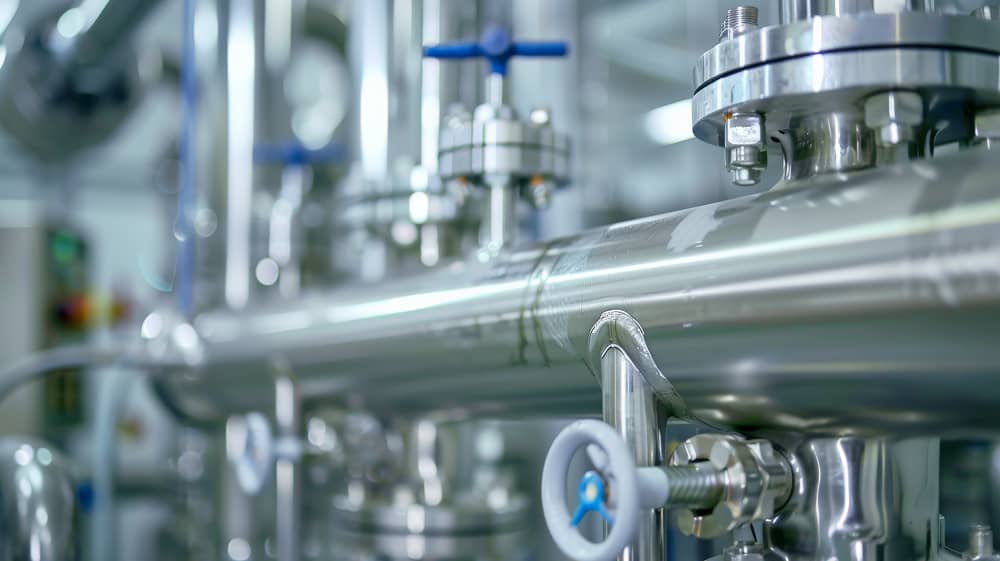
“The transition to ozone-based CIP has transformed our sanitation protocols. We’ve seen substantial reductions in water usage and cycle times while improving our microbial control. Most importantly, we’ve eliminated the concerns about chemical residues in our dairy products.”
– Operations Manager at the Facility.
FAQs About CIP Ozone Sanitation
Q: How does ozone compare to traditional chemical sanitizers for CIP applications?
A: Ozone provides superior microbial control, including against biofilms, without leaving chemical residues. It breaks down naturally into oxygen after use, eliminating chemical discharge concerns while reducing water usage and cycle times by 25–45%, supporting compliance with Health Canada Food Safety Guidelines.
Q: Can ozone-based CIP systems integrate with our existing equipment?
A: Yes, our technology is designed to integrate seamlessly with your existing CIP infrastructure, typically requiring minimal modifications to current piping and control systems. The implementation process includes a comprehensive assessment to ensure optimal integration.
Q: What kind of validation documentation is provided for regulatory compliance?
A: Our systems include comprehensive monitoring and documentation capabilities that support validation requirements for HACCP, FSMA, and other regulatory frameworks. We provide complete documentation packages tailored to your industry’s specific requirements.
Q: What maintenance is required for ozone-based CIP systems?
A: Maintenance requirements for CIP systems are significantly lower than those of chemical-based systems. Routine maintenance typically includes periodic air filter replacement, oxygen concentration monitoring, and annual system verification. Most clients report a 40–60% reduction in CIP system maintenance costs.
Q: How long does it take to see a return on investment?
A: Most facilities experience a complete ROI within 12–18 months based on chemical elimination, water savings, energy reduction, and increased production capacity from shorter cleaning cycles. The exact timeframe depends on your specific operation and current CIP costs.
Your Clean Future Starts with Advanced Ozone Sanitation
Every processing facility has unique sanitation challenges and operational requirements. Our team specializes in developing customized Clean-In-Place solutions that address your specific needs while maximizing operational efficiency and product quality.
Learn more about how our chemical-free CIP solutions can enhance your facility’s sanitation effectiveness while reducing costs and environmental impact.
Sublime Environmental is dedicated to revolutionizing industrial sanitation through our innovative, sustainable ozone-based technologies. Our Clean-In-Place solutions are recognized by the International Association of Food Protection and the Global Food Safety Initiative for their exceptional efficacy and environmental benefits. As an industry leader committed to chemical-free processing, we continuously advance water and resource conservation practices while helping our clients achieve the highest product safety and operational excellence standards.
